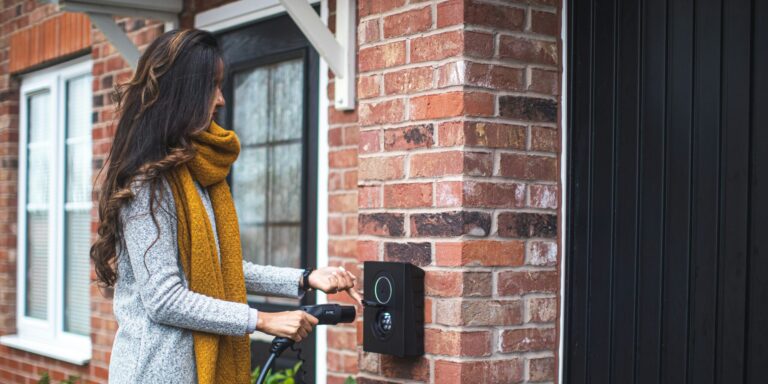The smart home device market in the United States is experiencing a significant surge in adoption, with consumers embracing new technologies that promise increased convenience, energy efficiency, and security. As of 2025, the demand for smart home products has risen sharply, reflecting a growing trend toward automation in everyday living spaces. Industry experts point to advances in artificial intelligence (AI), better device interoperability, and the increasing accessibility of these technologies as the driving factors behind this surge.
Recent market analysis indicates that sales of popular smart home products—such as thermostats, security cameras, and voice-controlled assistants—have increased by 15% year-over-year. This growth marks a pivotal shift towards more connected homes, with consumers looking for solutions that enhance comfort and security while simultaneously lowering energy costs. Smart thermostats, for example, are helping homeowners optimize energy usage, reducing both their carbon footprint and utility bills by adjusting temperatures based on occupancy patterns and time of day.
Read Also: https://rentmagazine.com/chicagos-suburban-market-gains-popularity-as-city-living-declines/
One of the most notable developments in this space has been the growing sophistication of voice-controlled assistants like Amazon’s Alexa, Google Assistant, and Apple’s Siri. These devices have evolved beyond simple tasks, now offering integration with a wide range of home automation products. They can control everything from lights and temperature to more complex systems like home security cameras and locks, making it easier for consumers to manage their entire home environment with just a few voice commands.
The rise in popularity of these devices is not just due to their functionality but also their ability to improve home security. Smart security cameras, doorbell cameras, and motion detectors provide homeowners with real-time alerts and video feeds that can be monitored remotely, offering peace of mind when away from home. The integration of facial recognition technology in some systems has further heightened their security capabilities, making it possible to distinguish between familiar faces and potential intruders.
Additionally, the market for smart home devices is benefiting from increased affordability and better user experiences. As more manufacturers enter the market, competition has led to price reductions, and consumers now have a wider array of options to choose from at varying price points. This has made it easier for both tech-savvy individuals and those new to home automation to embrace these devices.
Looking ahead, experts predict that artificial intelligence will play an even more prominent role in shaping the future of smart homes. AI’s ability to learn from user behavior and anticipate needs will allow devices to become even more intuitive and proactive. For instance, AI-powered systems might anticipate when a user is about to arrive home and adjust the heating or cooling systems accordingly, or even adjust lighting and security features based on the time of day and personal preferences. Such innovations are expected to make homes not just smart, but also more responsive to the individual habits and lifestyles of the people living in them.
Moreover, improved interoperability between devices is expected to further drive growth in the sector. While the current market offers a variety of smart devices from different manufacturers, many products still struggle with seamless integration. However, industry players are working towards ensuring that devices from various brands will be able to work together more smoothly. This will allow users to create a more cohesive, customized smart home experience without the need to rely on a single brand or platform.
In conclusion, the smart home device market is on a clear upward trajectory, with both technological advances and consumer demand propelling its growth. As more people embrace the benefits of automation and connected living, it’s expected that this trend will continue well into the next decade. The increasing role of AI and improved interoperability will likely make smart homes even more intuitive, enhancing the convenience and efficiency of everyday life for millions of Americans.
